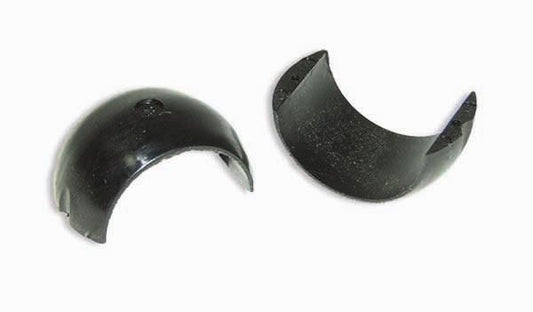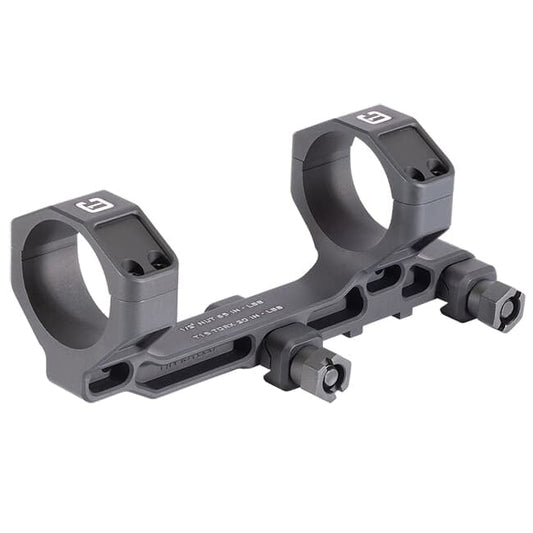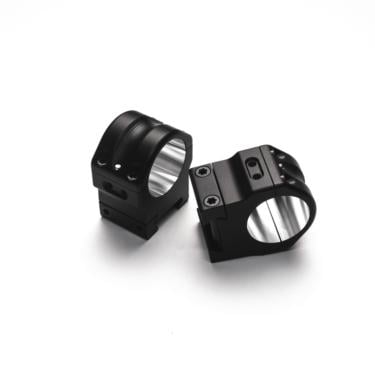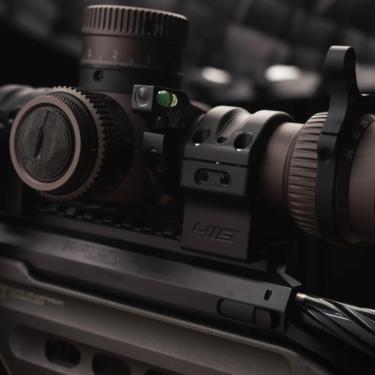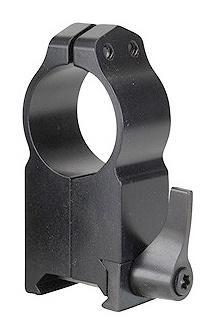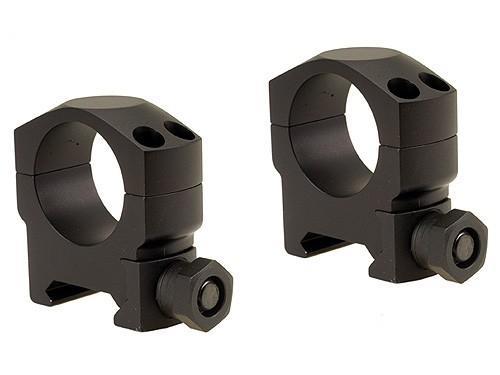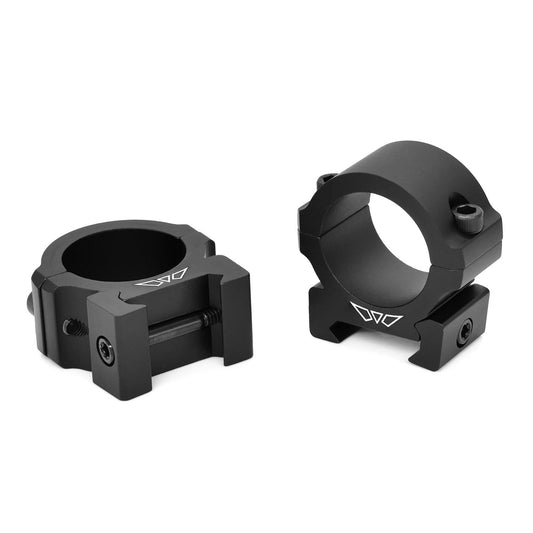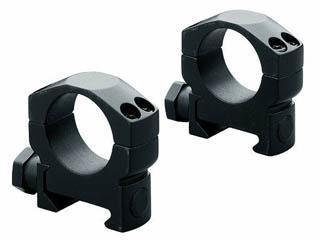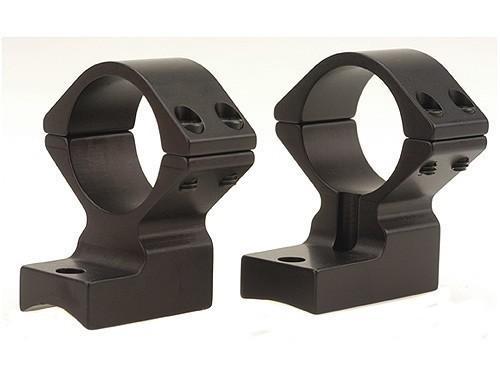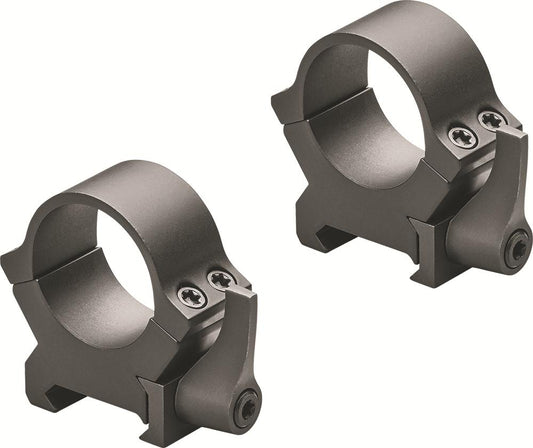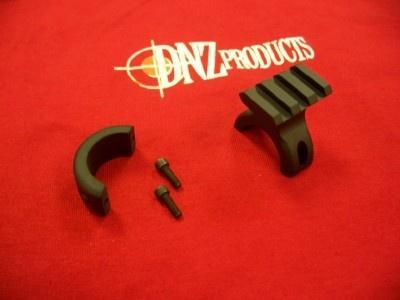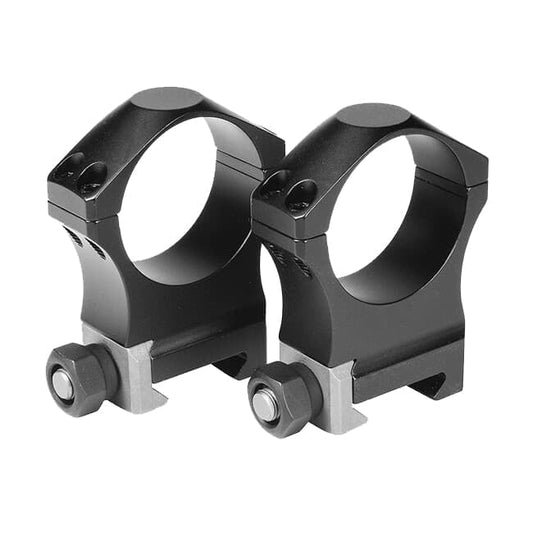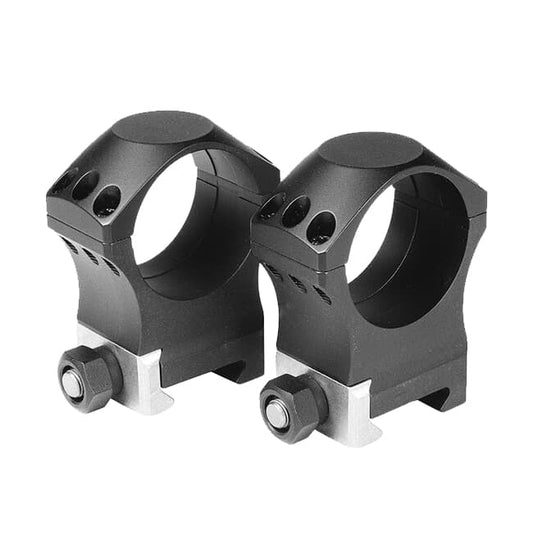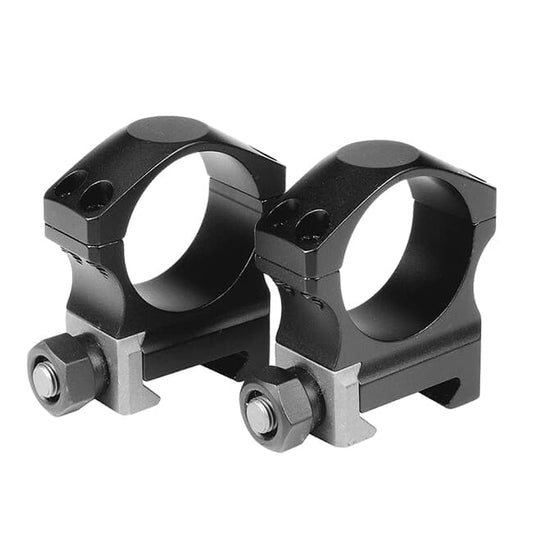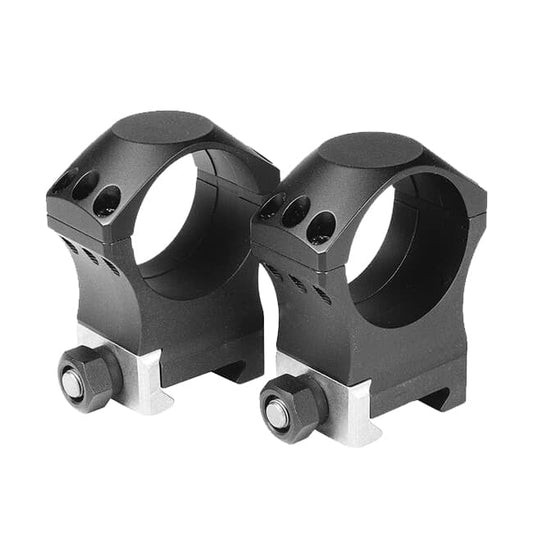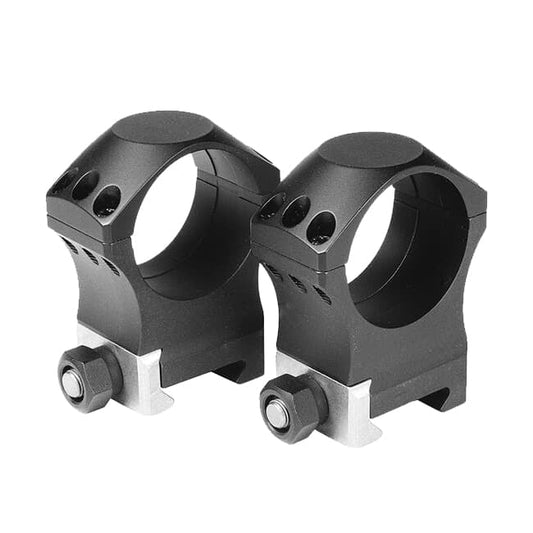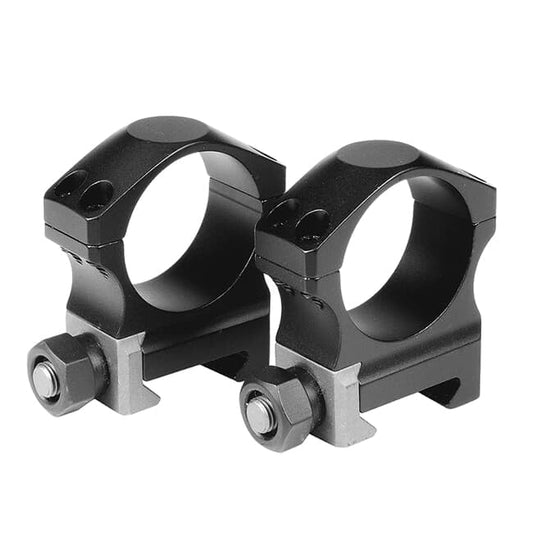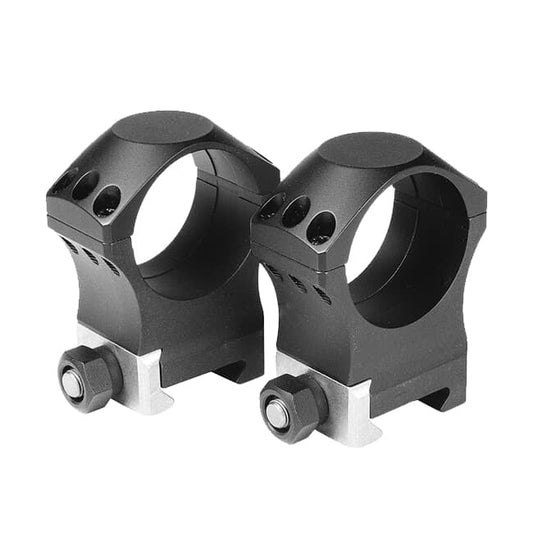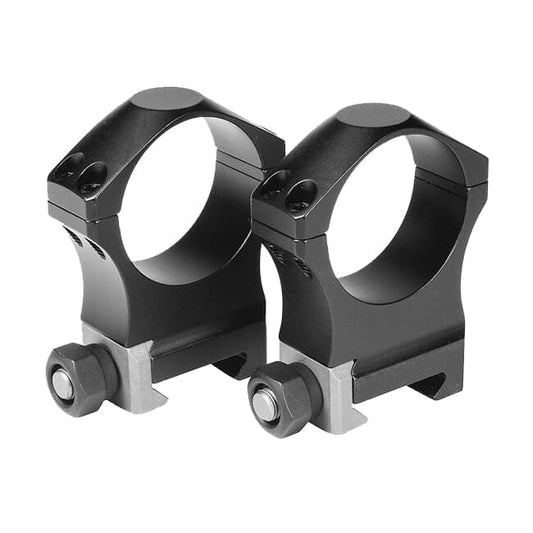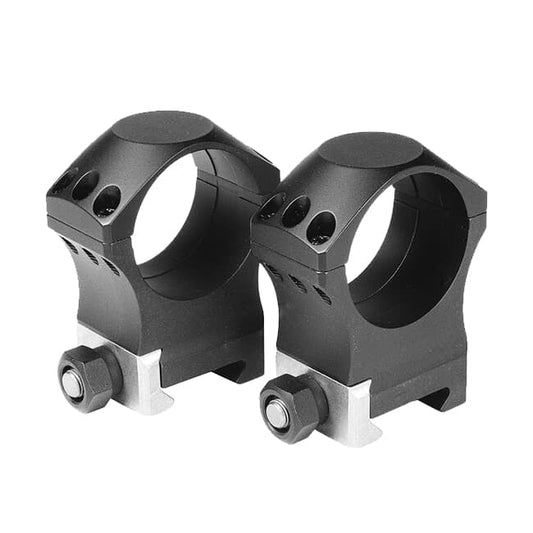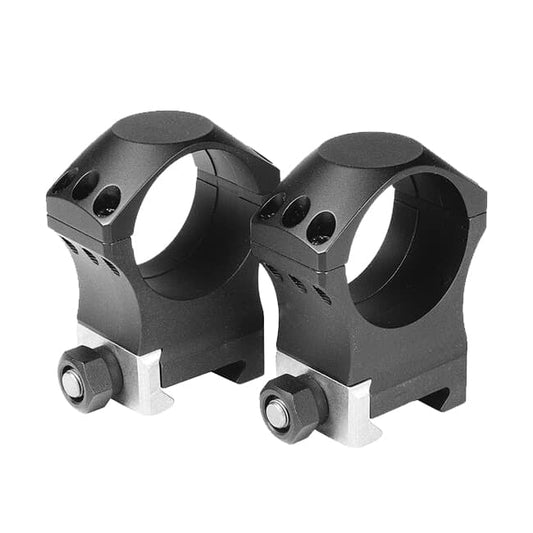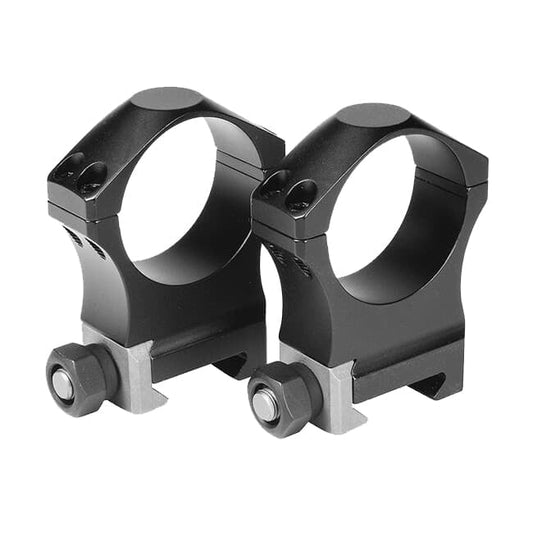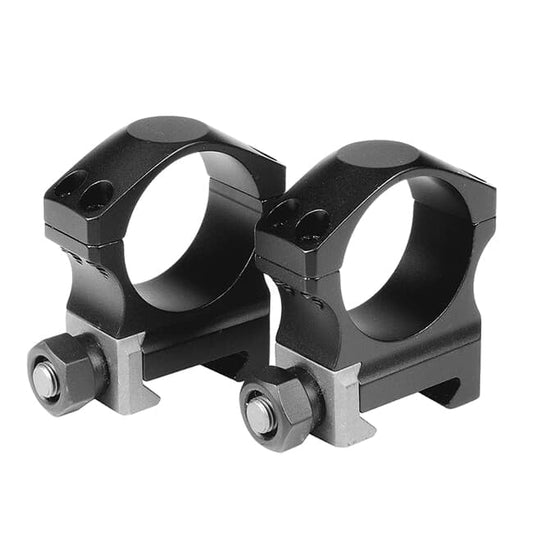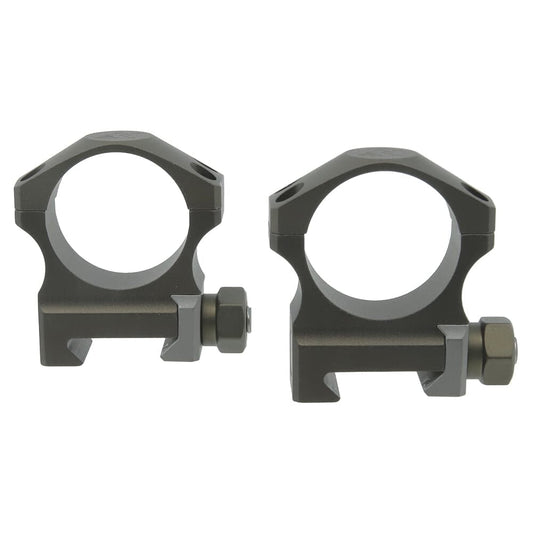Scope Rings, Mounts & Rifle Bases – Top Brands & Fit
- Featured
- Best selling
- Alphabetically, A-Z
- Alphabetically, Z-A
- Price, low to high
- Price, high to low
- Date, old to new
- Date, new to old
- Featured
- Best selling
- Alphabetically, A-Z
- Alphabetically, Z-A
- Price, low to high
- Price, high to low
- Date, old to new
- Date, new to old
Warne Maxima Quick Detach Scope Rings - 30mm Ultra High Matte
Leupold 2-Piece Precision-Fit QRW2 Weaver-Style Rings 30mm High - Matte Black
Finding the right scope rings, mounts, and rifle bases is essential for optimizing your shooting experience. Whether you're a seasoned hunter or a shooting sports enthusiast, having compatible accessories is key to achieving accuracy and stability.
Our collection features top brands known for their reliability and precision. From lightweight options to heavy-duty mounts, we have the perfect fit for your rifle setup. Explore a range of designs that ensure your optics stay securely in place, enhancing your performance on the field.
Quality and Compatibility
We prioritize quality and compatibility in our selection of scope rings, mounts, and bases. Each product is designed to provide a secure fit, ensuring your scope maintains its zero even under the toughest conditions. With options tailored for various rifle models, you can find exactly what you need to elevate your shooting experience.
Shop Top Brands Today
Don't compromise on performance. Browse our collection and discover the best scope rings, mounts, and rifle bases from leading brands. For those looking to enhance their setup even further, explore our complete rifle scope selection for the perfect pairing.

